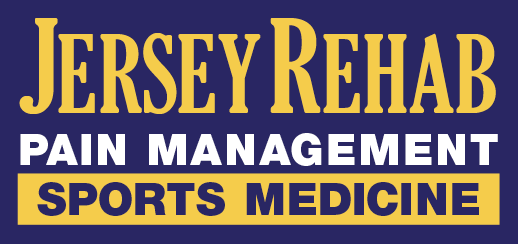Non-Surgical Treatments for Chronic Back Pain
Introduction
Chronic back pain is a widespread condition that affects millions of people, often disrupting daily life and limiting physical activity. While surgery is an option for severe cases, non-surgical treatments are the preferred starting point for managing this persistent pain. These non-invasive methods aim to reduce discomfort, improve mobility, and enhance quality of life without the risks associated with surgical procedures.
This article explores various non-surgical treatments, including physical therapy, chiropractic care, pain management techniques, and lifestyle modifications, to provide a comprehensive guide for managing chronic back pain effectively.
Physical Therapy for Chronic Back Pain
Physical therapy is a cornerstone of non-surgical treatment, focusing on strengthening muscles, improving flexibility, and addressing underlying issues that contribute to chronic back pain.
Role of Physical Therapy
Physical therapy helps restore function and alleviate pain through targeted exercises and techniques. Therapists design individualized plans to address specific pain points, improve posture, and enhance spinal support.
Common Techniques
- Exercises: Core strengthening, stretching, and low-impact aerobics activities to improve stability and mobility.
- Manual Therapy: Hands-on techniques to reduce muscle tension, improve circulation, and enhance joint mobility.
- Postural Training: Education on proper posture during daily activities to prevent strain and reduce pain recurrence.
Benefits of Regular Sessions
Consistent physical therapy sessions can lead to significant pain reduction, better range of motion, and increased strength, empowering individuals to manage their condition effectively and prevent future issues.
Chiropractic Care and Spinal Manipulation
Chiropractic care is a popular non-surgical option that involves spinal manipulation and realignment to address chronic back pain.
Explanation of Chiropractic Adjustments
Chiropractors use controlled, sudden force to adjust misaligned vertebrae, aiming to reduce pain, improve function, and enhance the body’s natural healing abilities. This approach is particularly effective for conditions like lower back pain and sciatica.
Effectiveness of Chiropractic Care
Studies suggest that chiropractic adjustments can provide relief for certain types of back pain, especially when combined with other therapies. However, it is not suitable for everyone, so consulting a specialist is essential.
Complementary Therapies
- Massage Therapy: Reduces muscle tension and promotes relaxation.
- Acupuncture: Stimulates specific points on the body to relieve pain and improve energy flow.
Pain Management Techniques
Managing chronic back pain often requires a combination of medications and alternative therapies to achieve relief.
Overview of Pain Medications
- NSAIDs: Non-steroidal anti-inflammatory drugs, like ibuprofen, reduce inflammation and alleviate pain.
- Muscle Relaxants: Help relieve muscle spasms often associated with chronic back pain.
- Topical Treatments: Creams or gels that provide localized pain relief.
Injections for Pain Relief
- Corticosteroid Injections: Deliver anti-inflammatory medication directly to the affected area, providing temporary relief.
- Epidural Injections: Used for radiating pain caused by conditions like sciatica or herniated discs.
Alternative Pain Management Methods
- Acupuncture: Can help reduce pain by targeting specific points in the body.
- Biofeedback: Uses technology to teach individuals how to control physiological responses, such as muscle tension, to manage pain more effectively.
Lifestyle Modifications for Managing Chronic Back Pain
Lifestyle changes play a crucial role in preventing and managing chronic back pain, offering long-term benefits without medical intervention.
Importance of Exercise and Weight Management
Regular exercise strengthens the back and core muscles, reducing strain on the spine. Maintaining a healthy weight alleviates pressure on the back, preventing further complications.
Stress Management and Relaxation Techniques
Stress can exacerbate chronic pain by increasing muscle tension. Practices like yoga, meditation, and deep breathing can help reduce stress and improve overall well-being.
Using Supportive Equipment
- Braces and Supports: Provide stability and reduce strain during physical activity.
- Ergonomic Chairs: Support proper posture and spinal alignment, especially for those who sit for extended periods.
In conclusion, non-surgical treatments offer a wide range of effective solutions for managing chronic back pain, addressing both symptoms and underlying causes. Physical therapy, chiropractic care, pain management techniques, and lifestyle modifications form a multi-faceted approach that can significantly improve quality of life.
If you are experiencing chronic back pain, consulting a specialist is essential to develop a tailored treatment plan. By embracing these non-invasive methods and making necessary lifestyle adjustments, you can take control of your back health and reduce the impact of chronic pain on your daily life.
